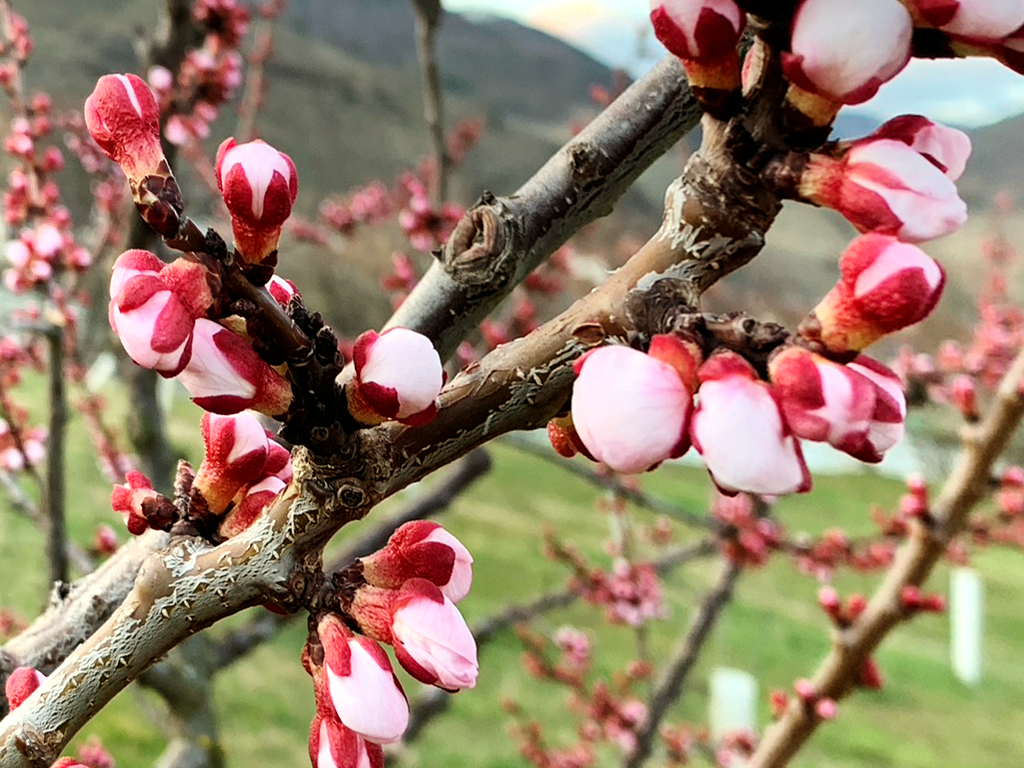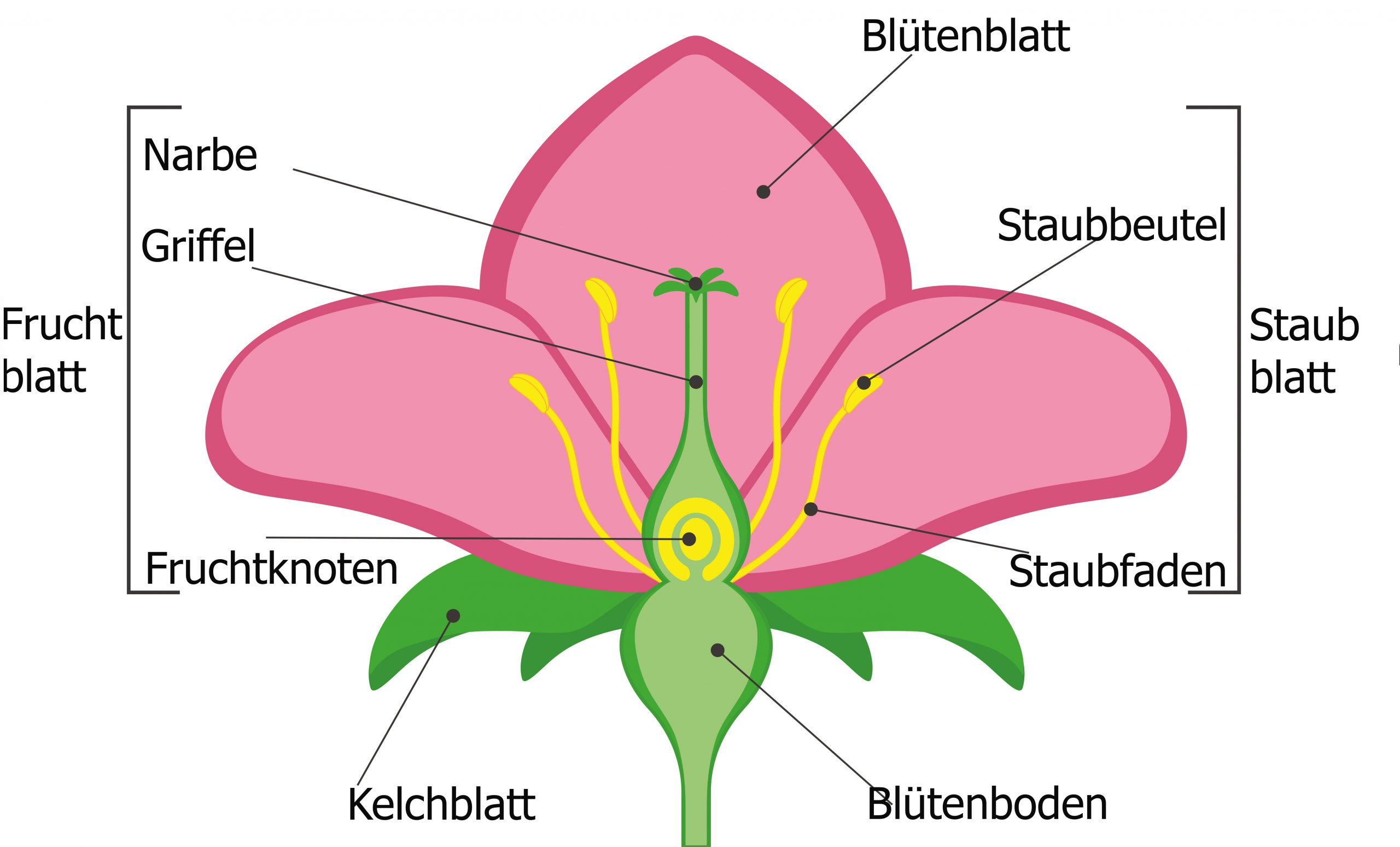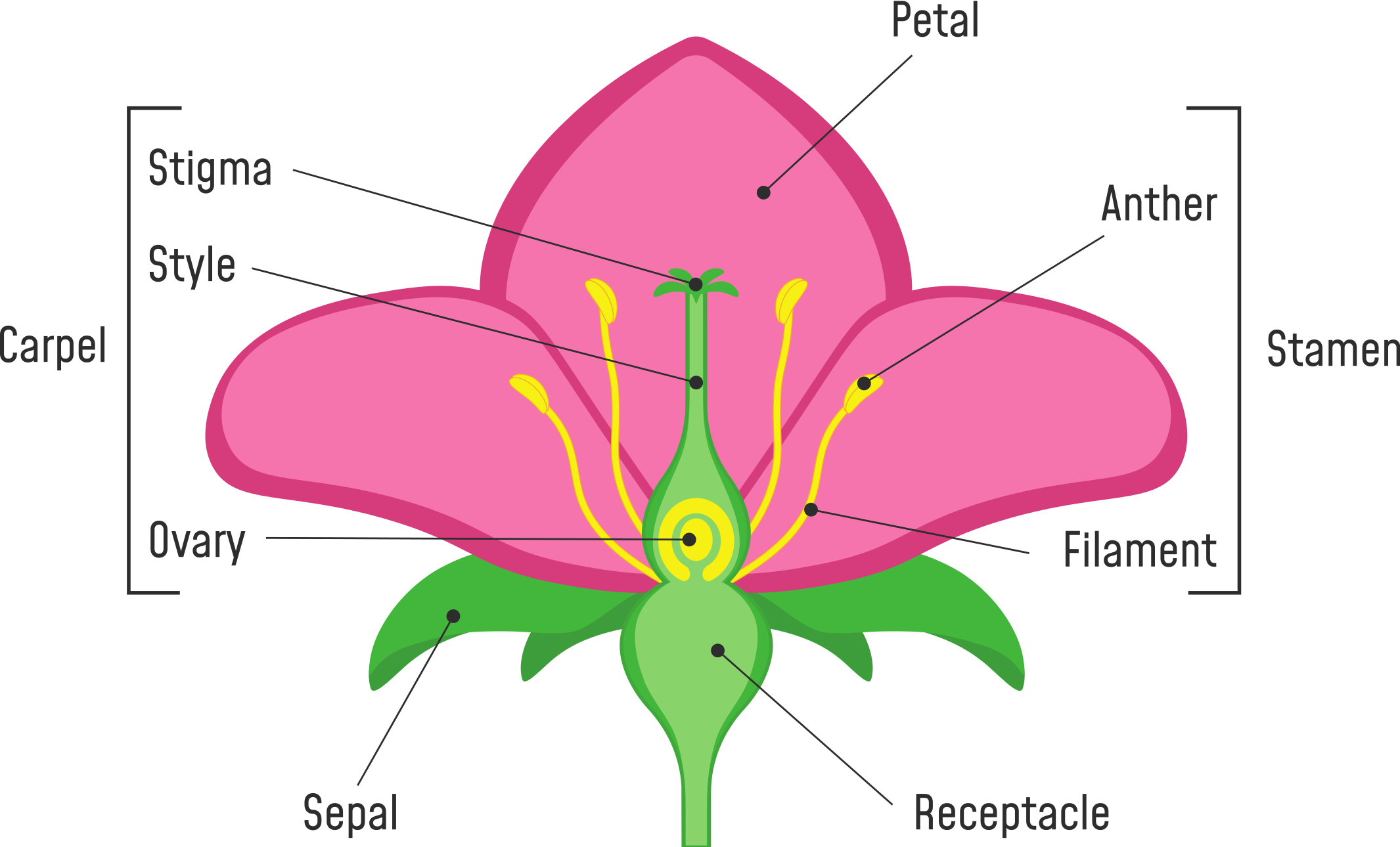Die Marillen in der Wachau beginnen zu blühen
Die Blütenknospen der Marillen Bäume in der Wachau beginnen anzuschwellen, wenn die Bäume aus dem Winterschlaf erwachen. Marillen Bäume in voller Blüte bringen zart rosa Farbe in die sonst noch eher braune Frühlingslandschaft der Wachau. Manche Sorten blühen früher, andere etwas später.
Die Blüten Knospen haben noch dieselbe Farbe wie die Zweige. Aber schon bald verfärbt sich das Äußere der kleinen Knospen auf den Zweigen dunkelrot.
Die Knospen zeigen eine weiße Spitze vor den entstehenden Blütenblätter.
Zur vollen Blüte sind die fünf blassrosa, 10 bis 15 mm langen Kronblätter der Marillen Blüte ganz geöffnet. Die Marillen Blüten stehen einzeln oder in Paaren angeordnet. Etwa 20 bis 30 Staubblätter sind in jeder zirka 2,5 cm großen Blüte.
Narbe, Griffel und Fruchtknoten bilden den Stempel, das weibliche Blütenorgan.
Die männlichen Blütenorgane sind die Staubblätter. Sie bestehen aus dem Staubfaden und den gelben Staubbeutel. In den Staubbeuteln wird der Blütenstaub gebildet.
Marillenblüte ist Selbstbefruchter
Die Marillenbäume sind Selbstbefruchter, das heißt, sie werden mit Pollen der eigenen Blüte befruchtet. Sie brauchen keine weiteren Pollenspender.
Die Blüte hat einen Blüten Boden. Die Kelchblätter sind Reste der Knospen durch die sich die Blütenblätter durchgedrängt haben. Zuerst waren die Marillen Blüten nur als weiße Spitzen wahrnehmbar.
Staubblatt und Fruchtblatt
In der geöffneten Blüte unterscheidet man zwischen Staubblatt und Fruchtblatt. Die Staubblätter sind die männlichen Blütenorgane. Sie bestehen aus den weißen Staubfäden und den gelben Staubbeutel. In den Staubbeuteln wird der Blütenstaub, die Pollenkörner gebildet.
weiblich und männlich
Das Weibliche Blütenorgan ist der Stempel. Er besteht aus Narbe, Griffel und Fruchtknoten. Der Stempel geht aus dem Fruchtknoten hervor. Im Inneren des Fruchtknotens sind die Samenanlagen.
Die Marillenblüten sind auf die Übertragung von Blütenstaub durch Insekten angewiesen, sonst gelangt zu wenig Blütenstaub auf die Narben. Die Pollen dringen über die Narbe ein. Die Samenanlagen sind nur begrenzt lebensfähig, deshalb sollte die Bestäubung möglichst bald nach dem Aufblühen erfolgen.
The flower buds of the apricot trees in the Wachau valley begin to swell when the trees awaken from hibernation. Apricot trees in full bloom bring delicate pink color to the otherwise rather brown spring landscape of the Wachau valley. Some varieties bloom earlier, others a little later.
The flower buds are still the same color as the branches. But soon the exterior of the small buds on the branches turn dark red.
The buds show a white tip in front of the resulting petals.
The five pale pink, 10 to 15 mm long petals of the apricot blossom are fully open for full bloom. The apricot flowers are arranged individually or in pairs. There are about 20 to 30 stamens in each approximately 2.5 cm flower.
The stigma, style and ovary form the stamp, the female flower organ.
The male flower organs are the stamens. They consist of the stamen and the yellow anthers. The pollen is formed in the anthers.
Apricot blossom is self-fertilizing
The apricot trees are self-pollinators, which means that they are fertilized with pollen from their own flowers. They do not need any further pollen donors.
The flower has a flower bottom. The clover leaves are remnants of the buds through which the petals have penetrated. At first, the apricot flowers were only perceptible as white tips.
Stamen and Carpel
In the open flower, a distinction is made between stamen and carpel. The stamens are the male flower organs. They consist of the white stamens and the yellow anthers. The pollen, the pollen grains, are formed in the dust bags.</p<
Female and Male
The female flower organ is the stamp. It consists of a scar, style and ovary. The stamp emerges from the ovary. Inside the ovary are the ovules.
The apricot flowers depend on the transmission of pollen by insects, otherwise too little pollen gets on the scars. The pollen penetrates through the scar. The ovules are only viable to a limited extent, so pollination should take place as soon as possible after flowering.
Meruňky ve Wachau začínají kvést
Květinové pupeny meruňkových stromů ve Wachau začnou bobtnat, když se stromy probudí z režimu spánku. Meruňky v plném květu přinášejí jemnou růžovou barvu do jinak spíše hnědé jarní krajiny Wachau. Některé odrůdy kvetou dříve, jiné o něco později.
Květinové pupeny jsou stále stejné barvy jako větve. Ale brzy se z vnějšku malých pupenů na větvích stane tmavě červená barva.
Pupeny vykazují před výslednými lístky bílý hrot.
Pět bledě růžových okvětních lístků meruňkového květu o délce 10 až 15 mm je plně otevřeno pro plný květ. Meruňkové květiny jsou uspořádány jednotlivě nebo ve dvojicích. V každém přibližně 2,5 cm květu je asi 20 až 30 tyčinek.
Stigma, styl a vaječník tvoří razítko, ženské květinové varhany.
Mužské květinové orgány jsou tyčinky. Skládají se z tyčinky a žlutých prašníků. Pyl je tvořen v prašcích.






